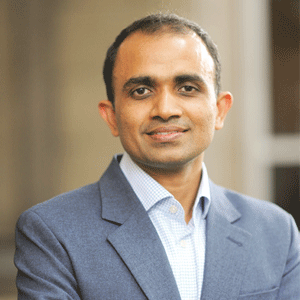THANK YOU FOR SUBSCRIBING
Editor's Pick (1 - 4 of 8)

Edge Computing - the Answer to the Limiting Centralized Nature of Cloud
Jaheer Abbas, Senior Sales Director SE Asia & India, Limelight Networks


Jaheer Abbas, Senior Sales Director SE Asia & India, Limelight Networks
Building a strong network backbone and data center facility are some of the main aspects that businesses will need to factor in time and resources for












